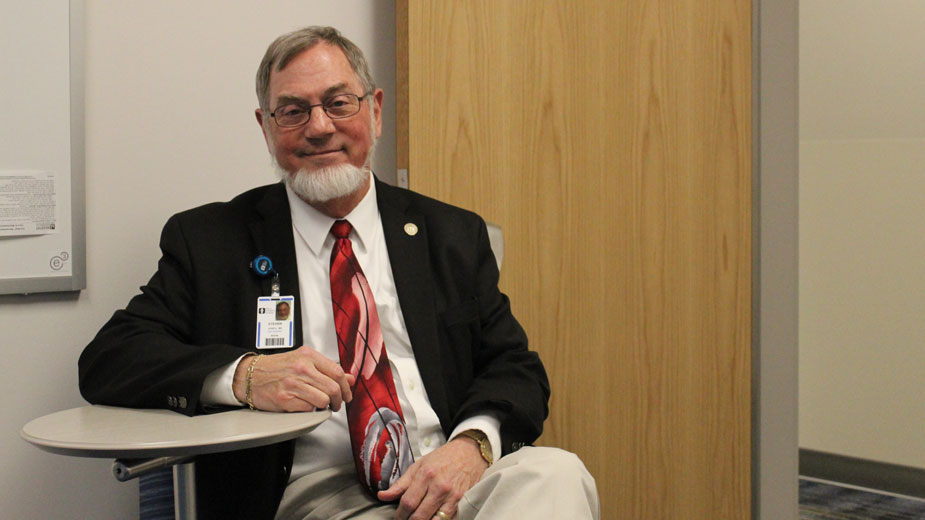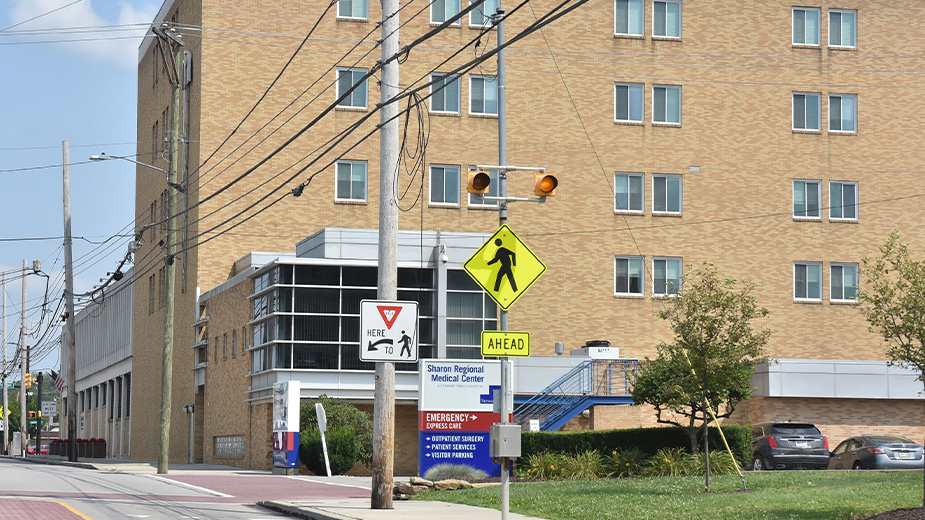New Akron Children’s Center Provides Middle Ground for Mental Health
BOARDMAN, Ohio – The new Akron Children’s Hospital Behavioral Health Center won’t just provide space to handle more patients. It will also provide new methods of treatment and modes of care for kids and teenagers in the Mahoning Valley.
In addition to nine exam rooms – triple what the current office has – the new center, 6614 Southern Blvd. on the east side of the hospital campus, also brings the Partial Hospitalization Program, which serves as a bridge between outpatient therapy services and full-fledged psychiatric hospitalizations.
“These are intensive services, for kids who need more than just regular outpatient. This level of care we use to avoid the need for hospitalization or, if they do need hospitalization, as a way to step them back into the community,” says Dr. Steven Jewell, chairman of the department of psychiatry and psychology at Akron Children’s. “If they’ve been removed from the community all together, they can come to this program and be back home with their families during the evening but not back to school, where it’s often a stressful environment for them.”
The center will open for outpatient services Dec. 10, with the PHP opening Jan. 7. An open house will be held Saturday from 10 a.m. to noon.
As part of the program, patients spend the day in the center as they work through treatment before returning home at night. The center has room for three 10-person groups. Patients are usually in the program two weeks.
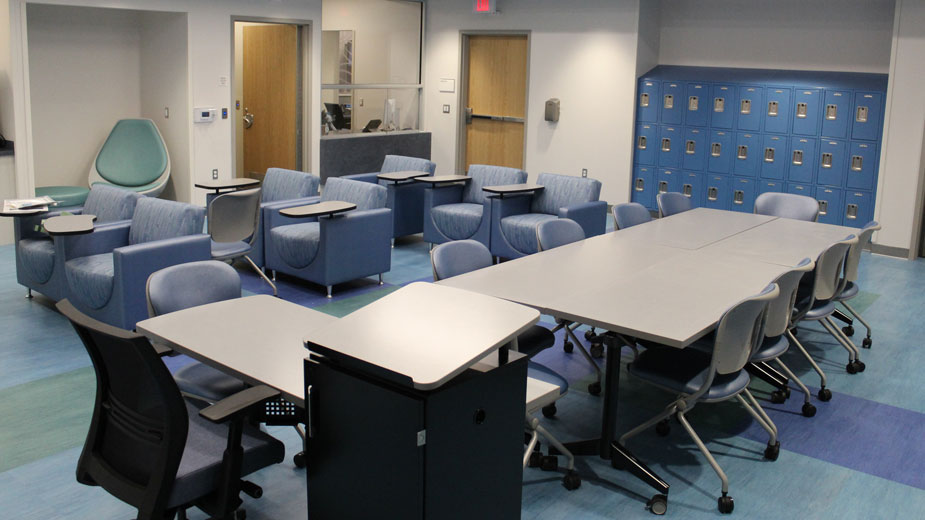
While they’re in the program, they spend the first hour or so of the day working on school work with a teacher from the Mahoning County Educational Service Center, who coordinates with teachers to ensure students don’t fall too far behind.
“We’re not able to keep them completely caught up because there’s a lot of therapeutic work going on, but we don’t want them to fall too far behind,” Jewell says.
The half of the building dedicated to the Partial Hospitalization Program, or PHP, doesn’t look too different from a school. A central room features lockers, a podium and a table for group work, along with cushier chairs for a break area near a kitchenette. Around the outer edge are classrooms and an art room, the latter used for expressive therapy. On the back side of the building is an outdoor space, though Jewell says how that will be used is yet to be determined.
“There are some kids that talk about their feelings and express themselves verbally, but there are those that struggle to do that. We provide art therapy, which is another way for kids to express themselves,” says Doug Straight, clinical operations director of the Behavioral Health Center. “It’s been fabulous to see what they can express,” whether through artwork, writing and even yoga.
The core of programming at the center, however, is what’s been termed “process group,” where patients discuss what they’re going through, how they’re approaching problems and what’s worked for them.
“Divorce, bullying, boyfriend-girlfriend things, drugs, parents are incarcerated. There are so many things that make it difficult to go to school and handle their peers,” says Paige Schantz. “Having a building like this and having their counselor is huge. It lets them talk with their peers about the challenges they have in their life.”
Schantz, a radiologist for Akron Children’s here, last year drove her son to Akron for a week to take part in the program. What struck her most, she says, was the camaraderie between the patients. As each person leaves, the group holds a ceremony, with each person writing a letter about how the person leaving helped them and reading it to the group.
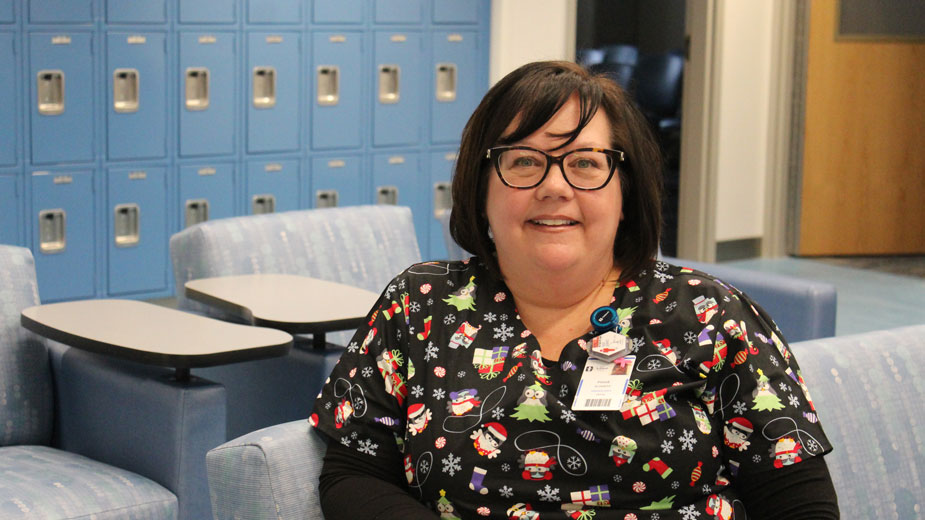
“Some of those letters made me bawl because they saw things I see – I’m his mom and I live with him – but they were so thoughtful and caring to their peers,” she says. “It was amazing those kids going through their own struggles were able to take the time to tell another kid how they made their life better. Kids don’t have enough of that.”
But Schantz’s son wasn’t able to complete the full program. She could only get one week off of work, making it impossible for her to arrive in Akron every day at 7:30 a.m., drop her son off, wait and then drive home again at night. It’s a problem many parents in the Valley have encountered and one of the driving forces behind bringing the program to Boardman.
In its Community Health Needs Assessment released Tuesday, Akron Children’s identified mental health services as one of its three priorities through 2022. Jewell says that 20% of those under 18 have some form of mental illness, but only a fifth of that number receive treatment for it.
“It’s all connected. Our mental well being and physical well being are so linked,” says Dr. Carmen Harlan, director of the Behavioral Health Center here. “If you have high levels of stress, it contributes to cardiac illness and immune functions. A lot of kids I see with anxiety or depression also have physical symptoms because of that.”
Formerly the Youngstown Hearing & Speech building, Akron Children’s spent $2.3 million renovating the space on Southern Boulevard. The common areas used by patients – assessment rooms, exam rooms, the PHP area and bathrooms – are designed to be ligature-proof – door handles are single pieces and sit flush with doors, for example – to prevent hanging attempts or self-harm, while emergency call buttons are in each room. And some exam rooms have heavier furniture and standard ceilings rather than the drop ceilings in other rooms to better handle patients who may be aggressive.
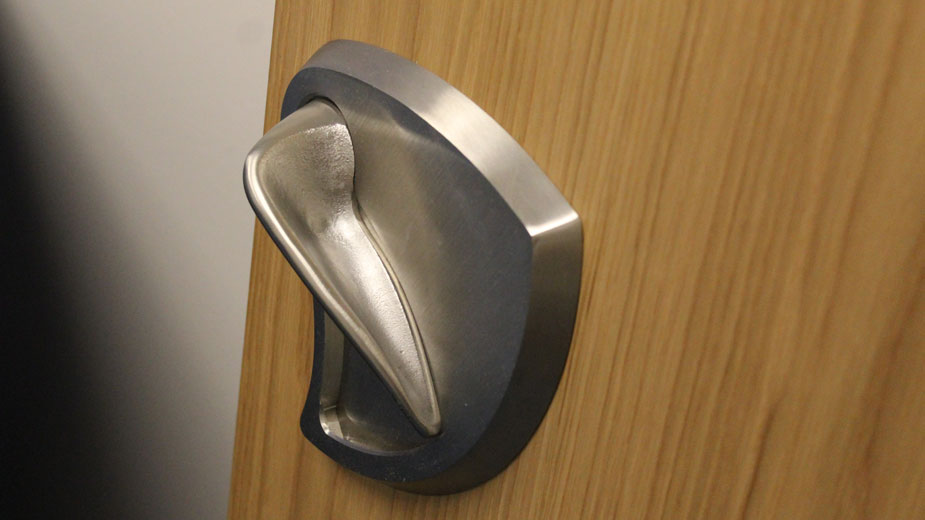
Even small things, such as how Purell containers are mounted to the wall were considered. In the Behavioral Health Center, they’re installed in small alcoves, keeping them from jutting off the wall. It stemmed from a problem at the main campus in Akron, where children would walk under the motion-activated dispensers and end up with Purell on their heads, Jewell recounts.
“We’re trying to make it welcoming. We have to provide a level of safety and avoid things that can cause harm of any kind,” Harlan says. “We want this to be open and inviting and not so closed in.”
Attention was also paid to how the space itself is used. The new office is more like what would be seen in a primary care office, with a waiting room and individual exam rooms rather than a single large space for each doctor.
“It winds up being a waste of space because most of the time we’re in there by ourselves typing on our computer and doing documentation,” Jewell says. “Here, we’re using the space better and in a more family friendly manner. We’re going to the family rather than the family coming to us.”
Pictured: Dr. Steven Jewell is chairman of Akron Children’s department of psychiatry and psychology.
Copyright 2024 The Business Journal, Youngstown, Ohio.
